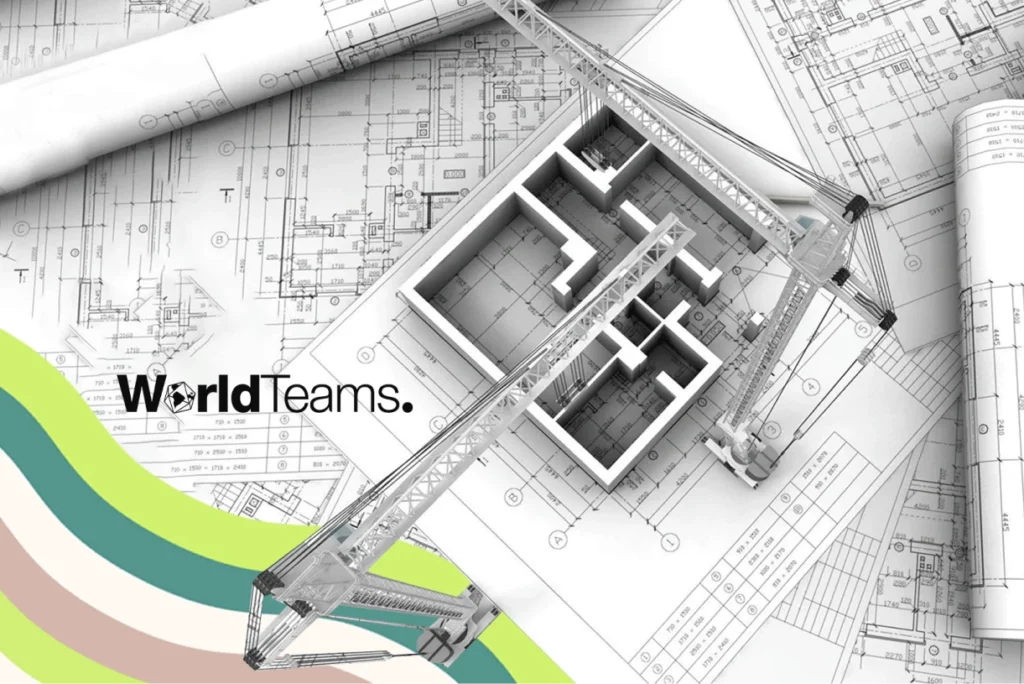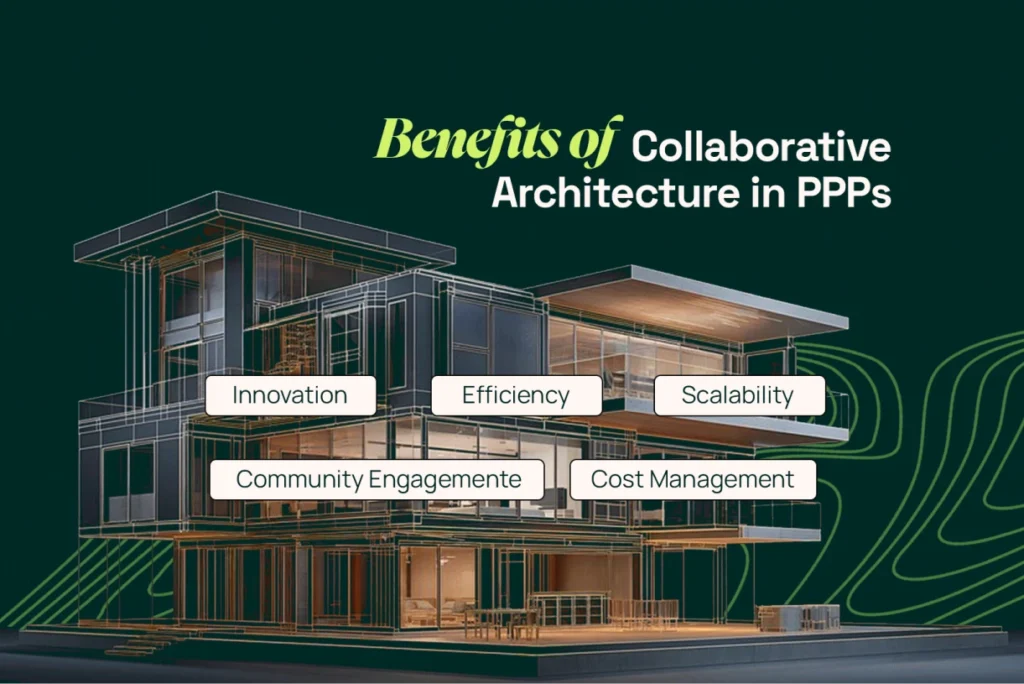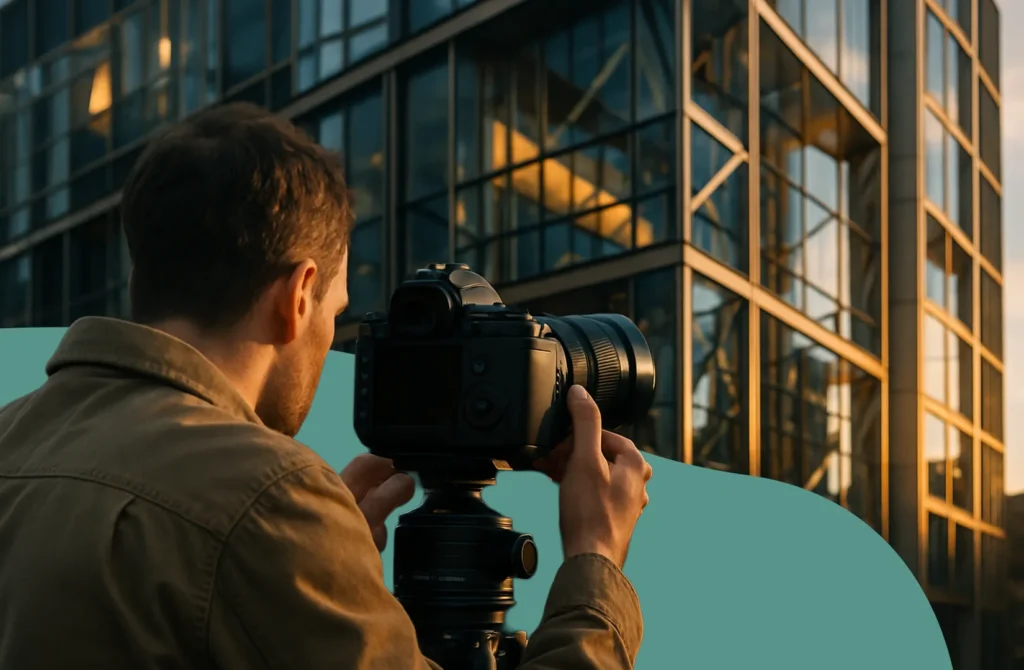Collaborative Architecture in Public-Private Partnerships: Building the Future Together

In today’s rapidly evolving urban landscape, collaborative architecture is emerging as a pivotal approach to solving some of the most pressing infrastructural challenges. As cities grow and resources tighten, the need for smarter, more efficient, and inclusive development becomes critical. One of the most effective frameworks enabling this evolution is the public-private partnership (PPP) model. When combined with architectural collaboration, PPPs provide a dynamic environment where innovation thrives, and architectural solutions meet public needs efficiently.
What Is Collaborative Architecture?
At its core, collaborative architecture is a multidisciplinary design approach where architects, engineers, urban planners, stakeholders, and community members work together from the early planning stages through construction. This approach aims to ensure inclusivity, transparency, and creativity in architectural development. In the context of ppps, collaboration also extends to government entities, private sector developers, and non-profits—ensuring that each party contributes their unique strengths.
Unlike traditional siloed models, collaborative architecture thrives on co-creation and shared responsibility, allowing for better risk management, more innovative solutions, and outcomes that reflect diverse needs and expectations.
Why Public-Private Partnerships Matter in Architecture
Public-private partnerships (PPPs) are long-term collaborations between government bodies and private sector entities to deliver public infrastructure and services. They combine the strategic oversight and public accountability of government with the innovation and efficiency of the private sector.
In architecture, PPPs are particularly transformative because they:
The combination of PPPs with collaborative architecture results in urban projects that are not only functional and cost-efficient but also culturally and socially relevant.
Real-World Examples of Collaborative Architecture in PPPs
1. The High Line, New York City
Originally a disused elevated railway, the High Line is now a world-renowned public park. This project involved a public-private architecture partnership between the City of New York and the non-profit group “Friends of the High Line,” supported by private donations and public funding. The design process included community workshops and architectural collaboration, resulting in a multifunctional public space.
2. Crossrail Project, London
Crossrail is one of Europe’s largest infrastructure projects, blending public investment and private sector expertise. Its station designs involved close collaboration among government authorities, architectural firms, and engineering companies. The focus on collaborative design processes led to aesthetically pleasing yet highly functional transportation hubs.
3. Barcelona’s Superblocks
An example of collaborative urban planning, the Superblocks project transformed multiple city blocks into pedestrian-friendly zones. Though government-led, the initiative involved intensive collaboration with local residents, urban designers, and private consultants. This multi-stakeholder approach helped align the project with environmental and social goals.

Benefits of Collaborative Architecture in PPPs
The integration of collaborative architecture into PPP architecture projects delivers numerous benefits:
Challenges in Collaborative Architecture and PPPs
Despite the many benefits, this model is not without challenges:
Overcoming these challenges requires effective project management and transparent contractual agreements. Leveraging architecture outsourcing services can also help manage complexity by bringing in external expertise at critical project stages.
The Role of Outsourcing in Collaborative Architecture
In today’s architecture and construction sectors, architectural outsourcing services are increasingly becoming a strategic tool. For public-private architecture projects, outsourcing brings:
Partnering with a firm that specializes in architecture outsourcing services can be especially beneficial in managing large collaborative projects, where tight deadlines and multiple stakeholders demand high precision and coordination.

Future Trends in Collaborative Architecture and PPPs
The future of collaborative architecture within the PPP framework is bright and promising. As cities become more complex and interdependent, the need for smarter collaboration will only grow. Here are a few trends to watch:
These trends align closely with the values of collaborative urban planning and interdisciplinary architecture teams, emphasizing that design should be not only innovative but also equitable and inclusive.

Why Choose WorldTeams for Your Collaborative Architecture Projects
At WorldTeams, we understand the complexity and ambition behind collaborative architecture in public-private partnerships. Our tailored architectural outsourcing services provide the agility, expertise, and scalability needed to bring your vision to life—whether you’re a government agency, a private developer, or a joint consortium.
We support clients at every stage of development, offering:
With a global network of vetted professionals and a commitment to excellence, WorldTeams empowers teams to build smarter, faster, and more sustainably.
Let us be your architecture outsourcing partner and turn your boldest ideas into built realities.









